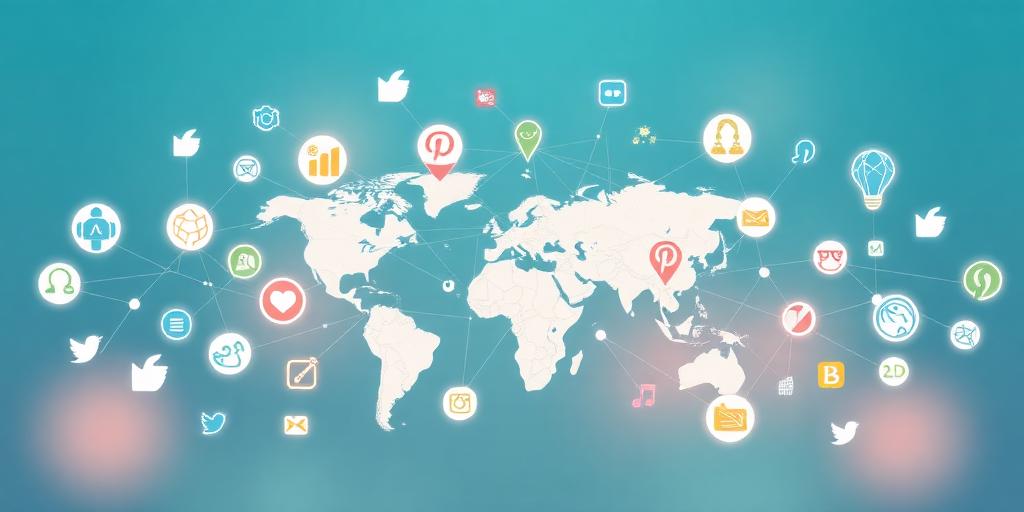How Social Media Shapes Cultural Trends
Social media has emerged as a dominant force in the 21st century, fundamentally reshaping how we communicate, consume information, and, most significantly, how cultural trends are formed and disseminated. This article explores the multifaceted ways in which social media platforms influence and drive cultural trends, examining their impact on various aspects of society.
The Democratization of Trendsetting
Traditionally, cultural trends were largely dictated by established institutions such as media outlets, fashion houses, and entertainment industries. Social media has democratized this process, allowing individuals and niche communities to initiate and propel trends. Platforms like TikTok, Instagram, and Twitter provide spaces where anyone can share ideas, creations, and perspectives, potentially reaching a global audience. This democratization has led to a more diverse and dynamic cultural landscape, where trends can emerge from any corner of the world.
The Acceleration of Trend Cycles
Social media's real-time nature accelerates the lifecycle of cultural trends. What might have taken months or years to propagate through traditional channels now spreads virally in a matter of days or even hours. This rapid dissemination is fueled by algorithms that amplify popular content and social sharing features that enable users to easily spread trends within their networks. Consequently, cultural trends become more fleeting, with new ones constantly emerging to replace the old.
The Blurring of Cultural Boundaries
Social media transcends geographical boundaries, connecting people from different cultures and backgrounds. This interconnectedness facilitates the exchange of ideas, values, and practices, leading to a blurring of cultural boundaries. Trends that originate in one culture can quickly gain traction in others, resulting in hybrid cultural forms and globalized trends. For example, K-pop, which originated in South Korea, has gained a massive following worldwide, influencing music, fashion, and lifestyle trends across the globe.
The Influence of Social Media Influencers
Social media influencers have become key players in shaping cultural trends. These individuals have built large and engaged followings by creating content that resonates with their audience. Brands and organizations often collaborate with influencers to promote products, ideas, and trends, leveraging their reach and credibility to shape consumer behavior and cultural norms. The power of influencers lies in their ability to authentically connect with their audience and drive trends through their recommendations and endorsements.
The Dark Side of Social Media Trends
While social media has many benefits in shaping cultural trends, there are also drawbacks to consider. The spread of misinformation and harmful trends, such as dangerous challenges or unrealistic beauty standards, can have negative consequences on individuals and society. Additionally, the pressure to conform to popular trends can lead to feelings of inadequacy and social anxiety, particularly among young people. Critical thinking and media literacy are essential skills for navigating the complex and ever-changing landscape of social media trends.
Conclusion
Social media has revolutionized the formation and dissemination of cultural trends, democratizing the process, accelerating trend cycles, and blurring cultural boundaries. While it offers unprecedented opportunities for creativity, connection, and cultural exchange, it also presents challenges related to misinformation and social pressure. Understanding the complex interplay between social media and cultural trends is crucial for navigating the modern world and shaping a more inclusive and responsible digital culture.









